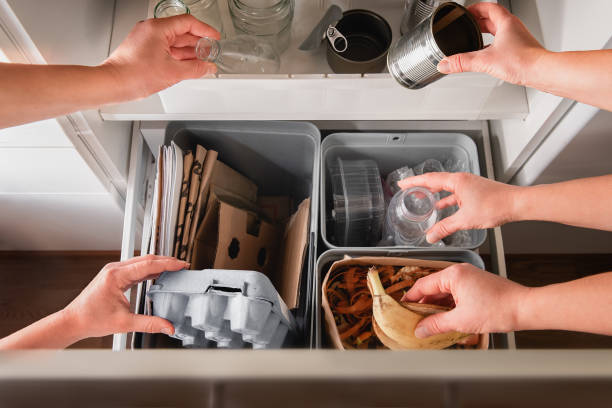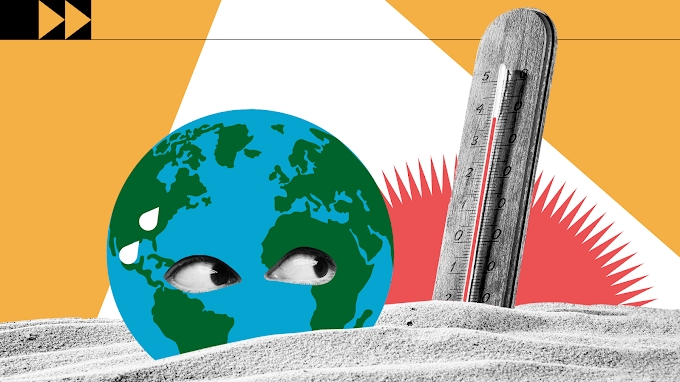Plastics are a major contributor to environmental pollution, and recycling them is an important step in reducing our carbon footprint. However, many people don't know how to recycle plastics at home. In this blog post, we'll cover the basics of recycling plastics at home and provide some tips and tricks to make the process easier.
Why recycle plastics?
Recycling plastics has numerous benefits for the environment. First and foremost, it reduces the amount of plastic waste in landfills and the ocean. Plastic waste is not easily biodegradable and can take hundreds of years to break down, which means it continues to pollute the environment for generations to come. By recycling plastics, we can reduce the amount of waste we produce and help protect our planet.
What plastics can be recycled?
Before you start recycling plastics at home, it's essential to know what types of plastics can be recycled. The recycling symbol on plastic products indicates the type of plastic it's made of; not all classes are recyclable. The most commonly recyclable plastics are PET (polyethylene terephthalate) and HDPE (high-density polyethylene). These are typically used for plastic bottles, food containers, and other household items.
How to recycle plastic using the 3Rs?
Reducing plastic waste is essential for protecting our environment and preserving natural resources. The three Rs – reduce, reuse, and recycle – are the keys to managing waste effectively. By following these principles, we can reduce the amount of plastic waste that ends up in landfills and oceans, and conserve resources

Reduce:
The first step in managing plastic waste is to reduce the amount of plastic we use. Here are some ways you can reduce your plastic consumption:
- Say no to single-use plastic items like straws, water bottles, and plastic bags.
- Use reusable alternatives such as metal straws, refillable water bottles, and cloth bags.
- Purchase products with minimal plastic packaging.
Reuse:
The second step is to reuse plastic items as much as possible. Here are some ways you can reuse plastic items:
- Use plastic containers to store food and other items.
- Repurpose plastic bags for other uses like trash bags or as packing material.
- Use plastic bottles as planters or to create DIY projects.
Recycle:
The third step is to recycle plastic items that cannot be reduced or reused. Here's a step-by-step guide on how to recycle plastics at home:
- Check the recycling guidelines in your community to find out what types of plastics are accepted.
- Clean and dry the plastic items before recycling.
- Separate the plastics by type and put them in the designated recycling bin.
- Ensure that the plastics are not contaminated with food or other materials.
- Take the recycling bin to the designated collection point or contact your local waste management facility for collection.
Recycling Plastic at home:
Are you looking for ways to reduce plastic waste and recycle at home? If so, you're in the right place! Here are some short tips to recycle plastic waste at home:
In your home look for products made from recycled plastics to support the recycling industry. These products can be plastic bottles (PET bottles), plastic bags, plastic containers, etc,.
Note::Always clean the plastic products properly and remove any labels or caps and properly rinse before placing the plastic in the recycling bin.
If you have non-recyclable plastics, consider repurposing them for other uses instead of throwing them away.
There are several types of non-recyclable plastics, including #3, #6, and #7 plastics. Thermoset plastics are also considered non-recyclable. Other examples of non-recyclable plastics include certain types of packaging, such as single-use condiment pouches, bread bag clips, and pill packaging.
Recycling plastics at home may seem overwhelming initially, but with a little effort, it can become a regular habit that helps protect the environment.













